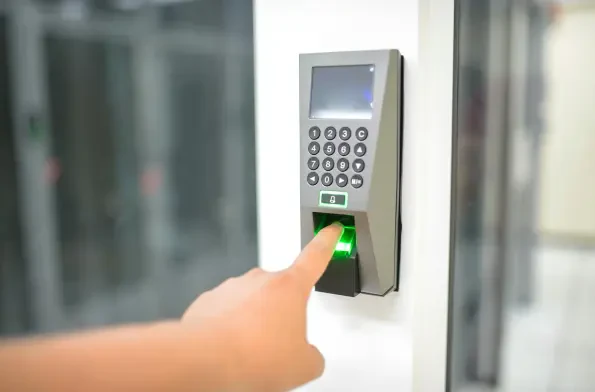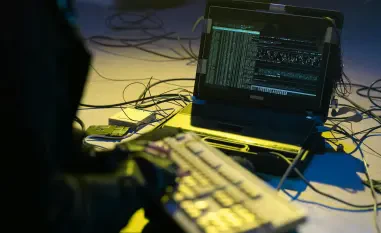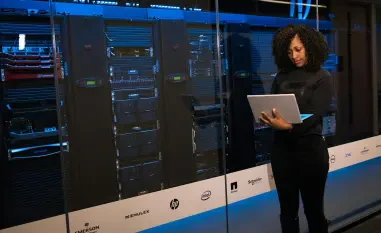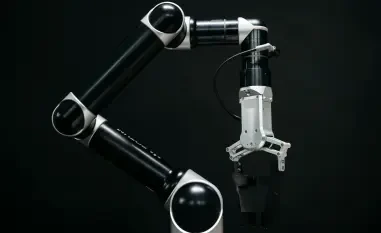As we dive into the world of cutting-edge security solutions for large venues, I’m thrilled to sit down with Malik Haidar, a cybersecurity expert with a wealth of experience in protecting multinational corporations from digital threats. With a unique blend of analytics, intelligence, and a business-focused approach to security, Malik offers invaluable insights into how digital innovations are transforming access control in high-profile environments like stadiums. Today, we’ll explore the challenges of securing massive venues, the shift from traditional systems to digital solutions, and the practical benefits of modern technology in managing complex spaces. Our conversation centers on a fascinating case study from a major German stadium, shedding light on how these advancements are protecting staff, fans, and facilities.
How does a venue like a major multi-purpose stadium in Düsseldorf stand out in terms of its security and operational needs?
Well, a stadium of this scale, with a capacity of over 66,000 spectators, is a unique beast. It’s not just a sports arena; it’s a hub for massive events like football matches and concerts, each bringing different crowds and logistical demands. What makes it stand out is the constant flux—every event changes the security landscape. You’ve got to manage thousands of people, secure multiple zones, and adapt to varying schedules. Operationally, it’s a balancing act between ensuring safety and keeping things running smoothly for fans, staff, and external partners. That kind of environment demands a robust, flexible security system that can keep up with the pace and unpredictability.
What kind of issues did the stadium face with its old mechanical key system?
The mechanical key system was a real headache. With such a large venue hosting diverse events, keys were frequently misplaced or lost, especially when handed out to different service providers or temporary staff. Every lost key meant a potential security risk, not to mention the administrative nightmare of tracking them down or rekeying locks. Financially, it was a burden too—replacing keys and locks added up, and the downtime during these fixes disrupted operations. It was a system that just couldn’t keep up with the dynamic needs of a modern stadium.
What drove the decision to transition from mechanical keys to a digital locking system?
The tipping point was realizing that the mechanical system was too rigid and prone to human error. Lost keys weren’t just inconvenient; they posed serious security gaps. The stadium needed a solution that offered control, flexibility, and scalability to handle the ever-changing roster of events and personnel. A digital system became the obvious choice because it could address these issues head-on by allowing precise management of access rights. They explored other options, but nothing matched the comprehensive security and ease of a digital setup tailored for a venue of this size.
What were some of the must-have features for the new security system at this stadium?
Durability was non-negotiable. With events like football games and concerts, where things can get rowdy, the hardware had to be tough and blend seamlessly with the doors to avoid being a target for damage or vandalism. Beyond that, the system needed to handle the complexity of different event types and the revolving door of service providers. This meant having the ability to customize access for specific individuals or groups and adjust permissions on the fly. It was all about creating a secure environment without sacrificing operational efficiency.
How does a digital access solution enhance security compared to the old mechanical setup?
The digital system, with its programmable keys, is a game-changer. Each key can be tailored with specific access rights, so you’re not handing out blanket access to entire areas. If a key is lost, it can be instantly blocked, eliminating the risk of unauthorized entry—unlike the old system where a lost key meant potential breaches until locks were changed. Additionally, the ability to revoke access remotely ensures that former staff or contractors can’t misuse their privileges. It’s a level of control and responsiveness that mechanical keys simply can’t match.
In what ways does this digital system simplify access management for temporary staff or contractors?
It’s incredibly streamlined. For instance, when external organizers or cleaning crews need access, managers can issue temporary permissions through a smartphone app, often using Bluetooth for quick updates. These permissions can be time-bound, so access automatically expires after the job is done. This cuts down on manual key handovers and reduces the risk of keys not being returned. Plus, there’s an added layer of security with features like PIN validation through the app, ensuring only authorized users can activate their access. It’s a huge time-saver and a security boost.
What are some of the everyday operational advantages of this digital locking system for stadium management?
On a practical level, the software behind the system makes a world of difference. Managers can oversee access for maintenance, event setups, or rentals of private spaces from a single platform, assigning and tracking permissions with ease. The hardware itself is low-maintenance—since it’s battery-powered through the keys rather than the cylinders, there’s no need to wire doors or frequently swap out batteries at each entry point. This cuts down on upkeep costs and keeps the focus on running events, not troubleshooting hardware.
Can you share how the installation of this digital system unfolded, especially under tight time constraints?
The installation was a race against the clock, with just a two-week window when no events were scheduled. Despite the pressure, the process went remarkably smoothly, largely because the system was designed to be cable-free. Not having to run wires through doors or walls sped things up significantly and minimized disruption to the stadium’s infrastructure. It was a testament to how well thought-out design can make even a massive transition manageable under tight deadlines.
How has the digital system changed the way private spaces within the stadium are managed?
It’s revolutionized how these areas—think business clubs, boxes, and event spaces—are handled. With the ability to grant and revoke access individually, managers can tailor permissions for each renter or event organizer without worrying about long-term security risks. For example, a company hosting a press conference gets access only to their designated area for the exact duration of their booking. Once it’s over, their access is revoked remotely. It’s made renting out these spaces more secure and far less cumbersome, enhancing both revenue potential and safety.
What’s your forecast for the future of digital access control in large venues like stadiums?
I see digital access control becoming even more integrated and intelligent in the coming years. We’re likely to witness systems that not only manage locks but also tie into broader security ecosystems—think facial recognition, real-time crowd monitoring, and predictive analytics to anticipate risks before they happen. The push will be toward seamless user experiences, where access is granted or adjusted automatically based on context, all while maintaining ironclad security. For stadiums, this means safer, smoother operations as technology continues to evolve and adapt to the unique challenges of these massive, dynamic spaces.













